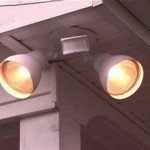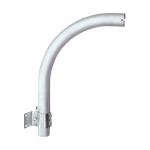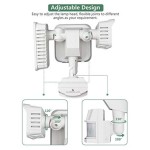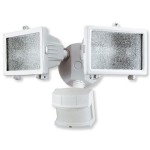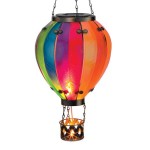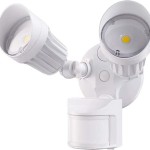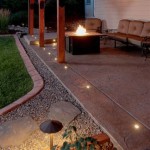Low Voltage Outdoor Lighting Cable: Essential Aspects for Optimal Performance
Low voltage outdoor lighting cable plays a crucial role in ensuring the functionality, safety, and aesthetics of your outdoor lighting system. Understanding the essential aspects of these cables is paramount to make informed decisions when selecting and installing them.
Conductor Material and Size
The conductor material, typically copper, aluminum, or a combination of both, determines the cable's conductivity and durability. Copper cables offer superior conductivity and are more resistant to corrosion, while aluminum cables are more affordable and lighter. The conductor size, measured in American Wire Gauge (AWG), indicates the cable's current-carrying capacity. Larger AWG numbers signify smaller conductor sizes and reduced current capacity.
Cable Insulation
The cable insulation protects the conductors from moisture, heat, and other environmental factors. Common insulation materials include PVC (polyvinyl chloride), PE (polyethylene), and XLPE (cross-linked polyethylene). PVC is economical and provides basic protection, while PE offers superior flexibility and is resistant to UV radiation. XLPE combines the strengths of PVC and PE, resulting in high durability and excellent electrical properties.
Cable Jacket
The cable jacket, made of materials like PVC or polyethylene, provides additional protection against mechanical damage, moisture, and sunlight. The thickness and type of jacket can vary depending on the specific application and environmental conditions. Look for cables with durable jackets that resist impact, abrasion, and UV degradation.
Voltage Rating
The voltage rating of the cable indicates the maximum voltage it can handle safely. It is essential to match the cable's voltage rating to the voltage of the lighting fixtures connected to it. Using a cable with a lower voltage rating can lead to overheating and potential fire hazards, while a higher voltage rating is unnecessary and adds cost.
Conductor Count and Stranding
Low voltage outdoor lighting cables typically have two or more conductors, each responsible for carrying current. Stranded conductors, made up of multiple smaller wires, offer greater flexibility and are less prone to breakage. The number of strands affects the cable's flexibility and resistance to bending fatigue.
Direct Burial vs. Conduit
Low voltage outdoor lighting cables can be installed directly in the ground (direct burial) or within a protective conduit. Direct burial cables are designed with robust jackets and are suitable for shallow burial depths. Conduits provide additional protection from physical damage and are recommended for areas with heavy foot traffic or vehicular access.
Conclusion
Selecting the right low voltage outdoor lighting cable is essential for the performance, safety, and longevity of your outdoor lighting system. Consider the conductor material, insulation, jacket, voltage rating, conductor count, and installation method when making your choice. By understanding these essential aspects, you can ensure that your outdoor lighting system meets your needs and enhances the beauty and safety of your property.

Cerrowire 100 Ft 12 2 Black Stranded Low Voltage Landscape Lighting Wire 241 1602c The Home Depot

Choosing Low Voltage Lighting Transformers Cable And Wire Connectors In Lite Outdoor

Low Voltage Garden Lights Cable 25m Awg14

16 2 Low Voltage Landscape Wire With Connectors 100ft Outdoor Iron Forge Tools

Southwire 100 Ft 14 2 Black Stranded Cu Low Voltage Landscape Lighting Wire 55213243 The Home Depot

Southwire 55213243 14 2 Low Voltage Outdoor Landscape Lighting Cable 100 Feet Ft N Com

18 2 Low Voltage Landscape Wire 100ft Indoor Outdoor Cop Iron Forge Tools

The Easiest Way To Install Low Voltage Landscape Lighting Abby Organizes

Cerrowire 500 Ft 10 2 Black Stranded Low Voltage Landscape Lighting Wire 241 1802j The Home Depot

Firmerst 16 2 Low Voltage Landscape Wire Outdoor Lighting Cable Ul Listed 200
Related Posts
